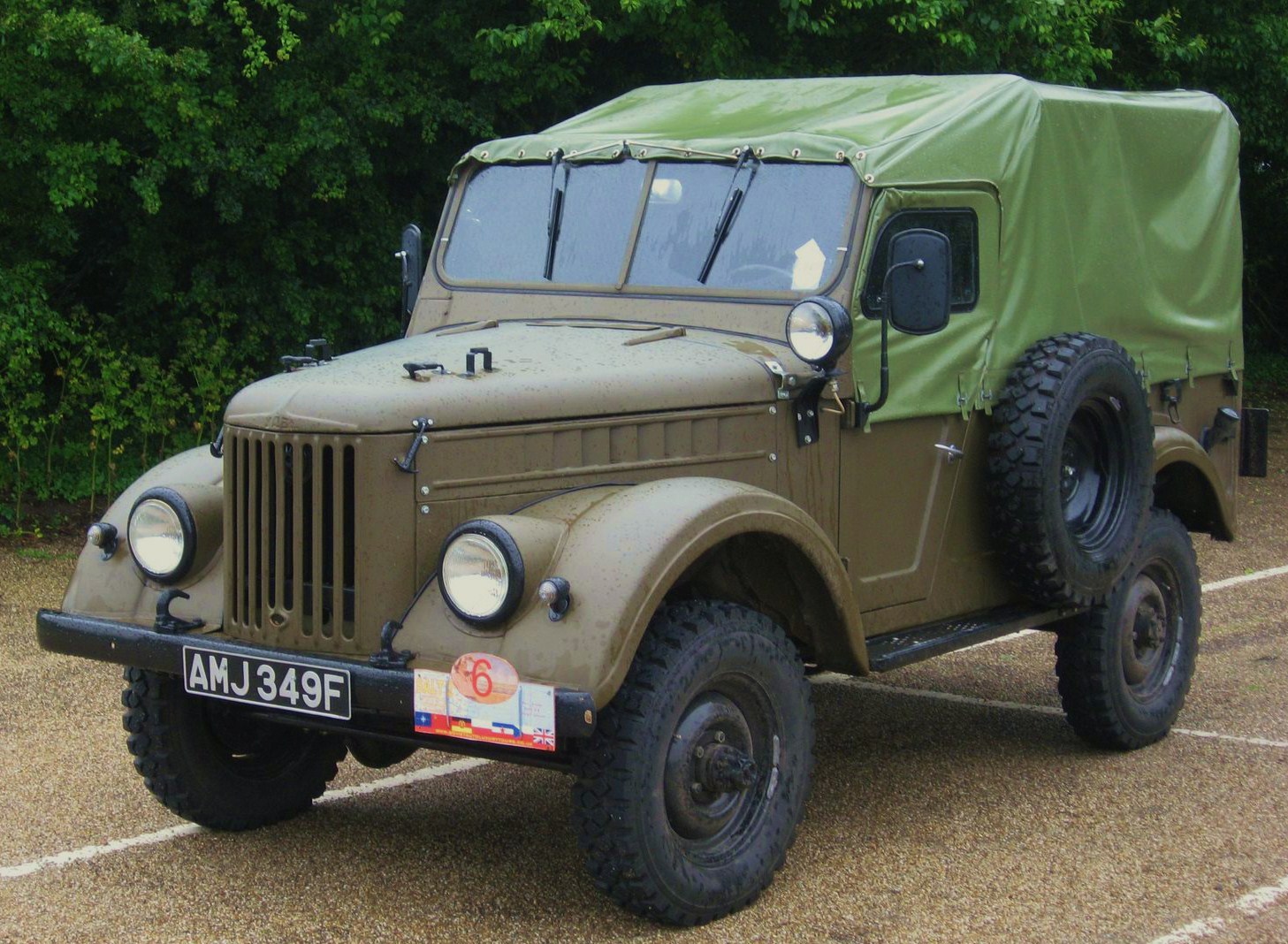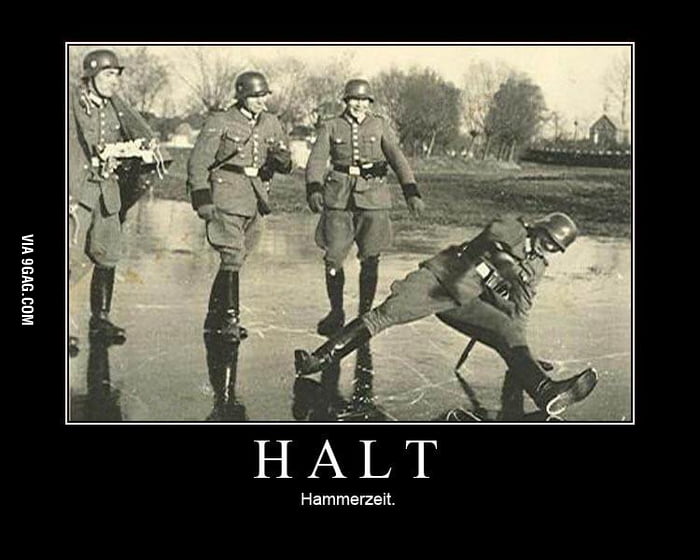After yesterday's disappointing events (which will be disclosed at a later date) I've gone back to the front panel whilst I'm waiting for something to be delivered that will hopefully help with a solution for the bulkhead A posts.
So - re-cap - underside of the front panel (bit that holds the radiator and grill in place) is a little bit rusty on the replacement panel I've got. The reinforcing rib is a bit of a bugger to get out.
I decided to bend back the side of the panel to get better access to this reinforcing rib
I broke out the oxy acetylene for this.
{Today I only had the clever phone - so I hope you all appreciate / can imagine the pure comedy req'd to make the picture above - folding pliers balanced on the edge of the panel - burning torch in one hand - gloved hand on the phone trying to get the effing touch screen to respond! Could have been another "selfie" (not quite I know) disaster}
########
Rambling aside =>
I do like my gas welding kit - something you need to be wary and respectful of of course (!) - as it is ideal for these thicker bits of metal. (1.5mm for the front panel) If I had a smaller nozzle on the torch I'd be using it all the time for thinner sheet welding but that as of yet hasn't been arranged.
Here I'm using it to heat the folded edge of the panel so I can bend it out of the way. Without heating I'd distort the rest of the panel and possibly induce a little bit too much work hardening in the metal - snapping it off. Whilst a normal blow torch can be used to do this you'll probably end up using poo loads of gas as the heat will escape throughout the structure. The oxy acetylene allows a really concentrated heat to be applied that is much hotter than the blow torch. I'm not going as far as welding - kinda going all arty and waving it about so a large area goes red: Then using the folding pliers to bend the edge back whilst it is still warm.
'Cos this is a folded sheet construction I'll be able to just bend the edge back when it is cold. I've warmed it bent it and air cooled the steel now. So at a rough guess it is more or less "half hard" - the state at which most sheet steel is delivered (after it has been through rollers). Bending work hardens the steel to help with rigidity of the panel which is desirable for this type of construction. Of course over time on rattly old Land Rovers things might crack but 9.9 time out of 10 it looks to me like the Birmabright is the first to fatigue so on the whole the steel is of a lesser concern (I hope - fingers crossed etc)
#########
The initial idea was to get more space to cut and remove that strengthening rib and try and save the main part / outer skin of the panel...
...Cut bend - grab - wriggle...
...only to find about half of the underside of the outer / main part of the panel is rotten.
Not really worth trying to fix a new rib to that - and removing the rib in-situ is a pig. So...
...I decided to remove a big chuck from the bottom of the panel and weld in new metal for the big bit first and then fit a new reinforcing rib.
It kinda went alright - not too too much distortion despite the heating and bending of the edge and the heat from the cutting disc
It does need a bit of encouragement to stay flat at the moment =>
But I've left the ends of the sides in place so I have a reference point for the next stage in the repair.
To be continued (but will probably flip back to the bulkhead for a bit as the thing I've ordered has indeed turned up)






